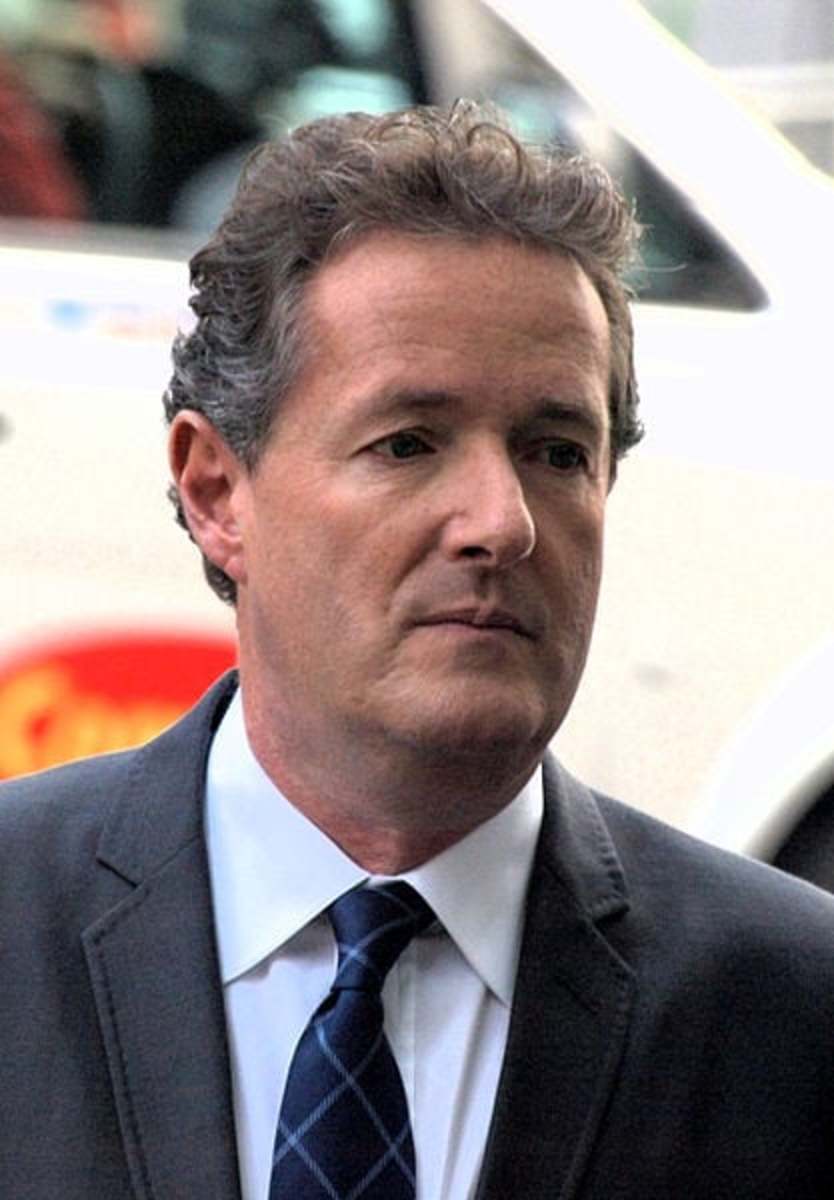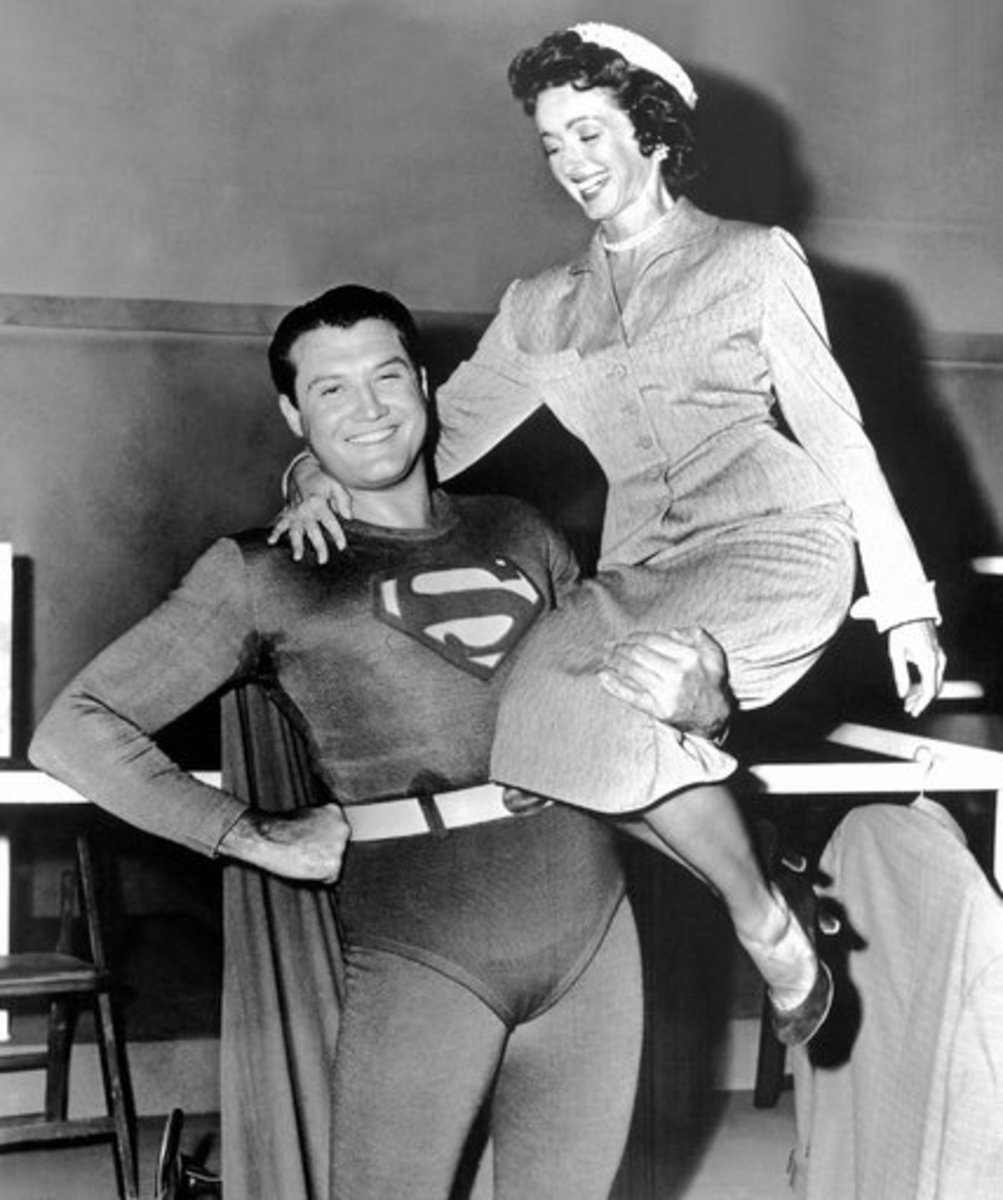Train Accidents that Shocked the World
A Historical Perspective of Train Accidents
Most people believe that compared to road transport, rail transport is the safest mode of transportation. That opinion is probably right because a train carriage should move unimpeded along a rail track without any obstruction from other vehicles. This hub looks at past and recent accidents and aims at explaining the major causes of train accidents and what can be done to prevent them.
New York City Train Accident
A New York City train derailed in the Bronx area on Sunday,1st December 2013 leaving at least four people dead and 60 others injured. The train from Poughkeepsie, NY, derailed under the Henry Hudson Bridge at about 7:20 a.m. when five cars of the seven-car train left the tracks about 100 yards north of the station, but none entered the adjacent Hudson and Harlem rivers.
Read more: New York City Train Derailment: Metro North Accident Leaves 4 Dead | TIME.com http://nation.time.com/2013/12/01/four-dead-at-least-60-injured-in-nyc-train-derailment/#ixzz2mJ5HyDoq
Major Train Crashes in the Last 100 years
The following is a list of major train accidents that have killed more that 100 people :
- May 1915 - Gretna, Scotland 227
- December, 1917 - France 543
- January 1944 - Salerno, Italy 521
- October 1949 - Poland 200
- April, 1955 - Qualajara, Mexico 300
- September 1957 - Montgomery, Pakistan 258
- October, 1972 - Saltillo, Mexico - 208
- June 1981 - Bihar, India, 800
- January 1985 - Awash, Ethiopia - 392
- June 1989 - Ural Mountains, Soviet Union - 575
- January 1990 - Sindh, Pakistan - 210
- September 1994 - Tohinda, Angola - 300
- August 1999 - West Bengal - 285
- February 2002 - Egypt -361
- June 2002 - Tanzania - 281
- February 2004 - Iran - 321
- December 2004 - Sri lanka - 1700
Cairo Train crash
26 people were killed when a train crashed into 2 vehicles in Cairo, Egypt on Sunday 17th November 2013. Train crashes are not unusual in Egypt:
- In January, 2013 51 soldiers died when their train jumped the tracks at Giza.
- 51 people died in November 2012 when a train hit a bus the city of Assuit about 300 Km from Cairo.
- In October, 2009 15 people died when two trains collided Al-Ayat
Major Train Accidents
Trains are supposed to be one of the safest modes of transport because the have a dedicated path and the traffic can be easily control. Indeed, the number of train accidents compared to other vehicles is relatively small. Yet it is for this reason that when accidents do occur that questions arise as to what caused them and what could have been done to avoid them. We start with the accident which happened in Nairobi, Kenya on October 30th 2013 and look at the possible causes.
The Nairobi Train Accident
Wednesday 30th October 2013 began as a normal day for commuters in Nairobi's Eastlands suburb of Umoja until a bus and a train were involved in a grizzly accident at a railway crossing on the road linking Buruburu and Umoja estates. Twelve commuters and passers-by were killed in the 7:30 am incident which was the second in the same vicinity.
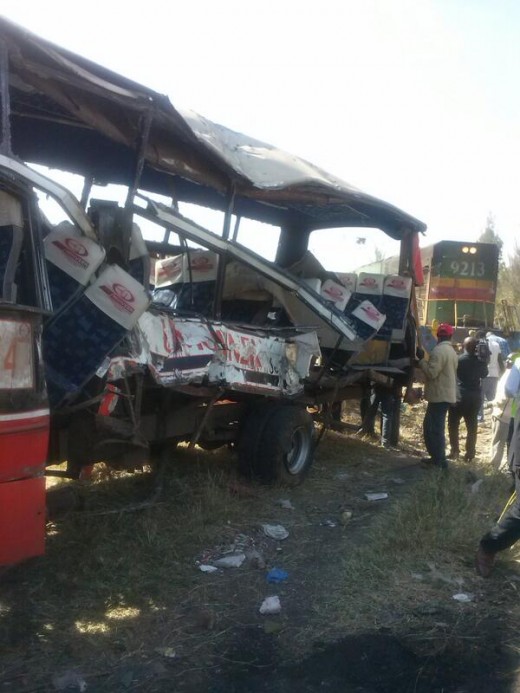
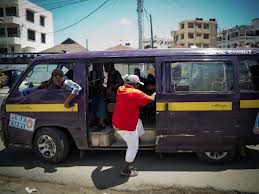
Causes
Various reasons have been attributed to the cause of the Umoja train crash and these are:
- Temporary market on the side of the railway line putting passers-by at risk in the event of an accident
- The Umoinner Sacco buses are said to be driven recklessly and the drivers and conductors are rude and indisciplined
- There are no visuals to indicate to drivers that there is a railway crossing ahead
- Lack of barriers to stop vehicles from crossing when there is a train approaching
- The tarmac at the crossing is pot-holed making it difficult for vehicles to cross smoothly
- The Umoinner buses play loud music preventing the driver from hearing the loud hooting of the approaching train
- Buses have tinted windows which could have contributed to lack of clear visibility
- Traffic police stationed at the junction have been accused of not ensuring adherence to traffic rule
- Lack of a railway signal man at the level crossing to control traffic when a train is approaching
There is now a paved road linking Umoja and Buruburu estates. The accident happened on the Umoja side of the road
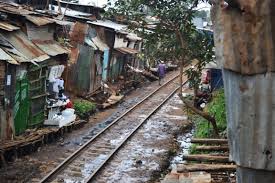
Temporary structures
The informal market on the side of the railway line is normally very busy with traders and customer who put their lives at risk in the event of an accident. The area is a T- junction between the Outering road and Mutindwa road (refer to the map) making it very busy especially in the morning and evening when people are going to and returning from work. Many public transport vehicles pick up and drop off their passengers at this point presenting even more risk. The local government has shown unwillingness to clear the informal market despite numerous pleas from the railway company, most likely due to the political ramifications of such a move. Most of the people who died or were injured were standing next to the railway line when this area.
Wreckless Drivers
The Umoinner Sacco buses are said to be driven recklessly by rude and indisciplined staff. Though this is not unusual in Nairobi, these drivers are known to blatantly ignore traffic rules. The bus involved in the accident was reported to have jumped the queue of vehicles waiting for the train to pass but was not able to make it in time to avoid the crash. Kenyan police statistics indicate that the numerous accidents that occur yearly are caused by drivers of public service vehicles. This is in spite of numerous campaigns to correct the behaviour of drivers on Kenyan roads.
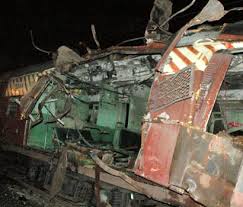
Visuals
The lack of road signs indicating the railway crossing has also been blame for the train crash. The fact that the railway level crossing was a T-junction makes it even more important that there should have been controls to direct traffic. Many roads in Kenya do not have signs due to (negligence by the authorities) or theft for scrap metal. There is also the question of understanding of road signs by the drivers and pedestrians because even where they are present most people do not obey them
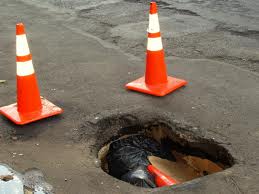
Pot-holed roads
The presence of pot-holes and gulleys may have contributed significantly to the accident because the bus was said to have trouble crossing. Eye witnesses said that the bus got stuck temporarily on the rail trucks before the accident occured.
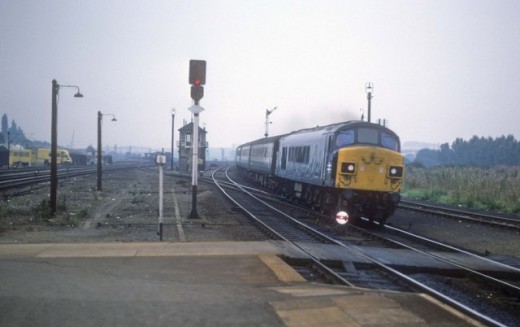
Should illegal structures next to railway lines be permanently removed?
Lack of barriers
The level crossing had no barrier, flag-man or any electronic device to prevent vehicles crossing when the train was approaching. If a barrier was present it would have been difficult for vehicles to try to cross at such a dangerous time.
Loud music in buses
The bus was said to have been playing loud music preventing the driver from hearing the very loud hooting from the train.
Tinted windows
While the driver will be able to see clearly what is happening outside the tinted windows, the people outside will not see any communication he may be making to them


